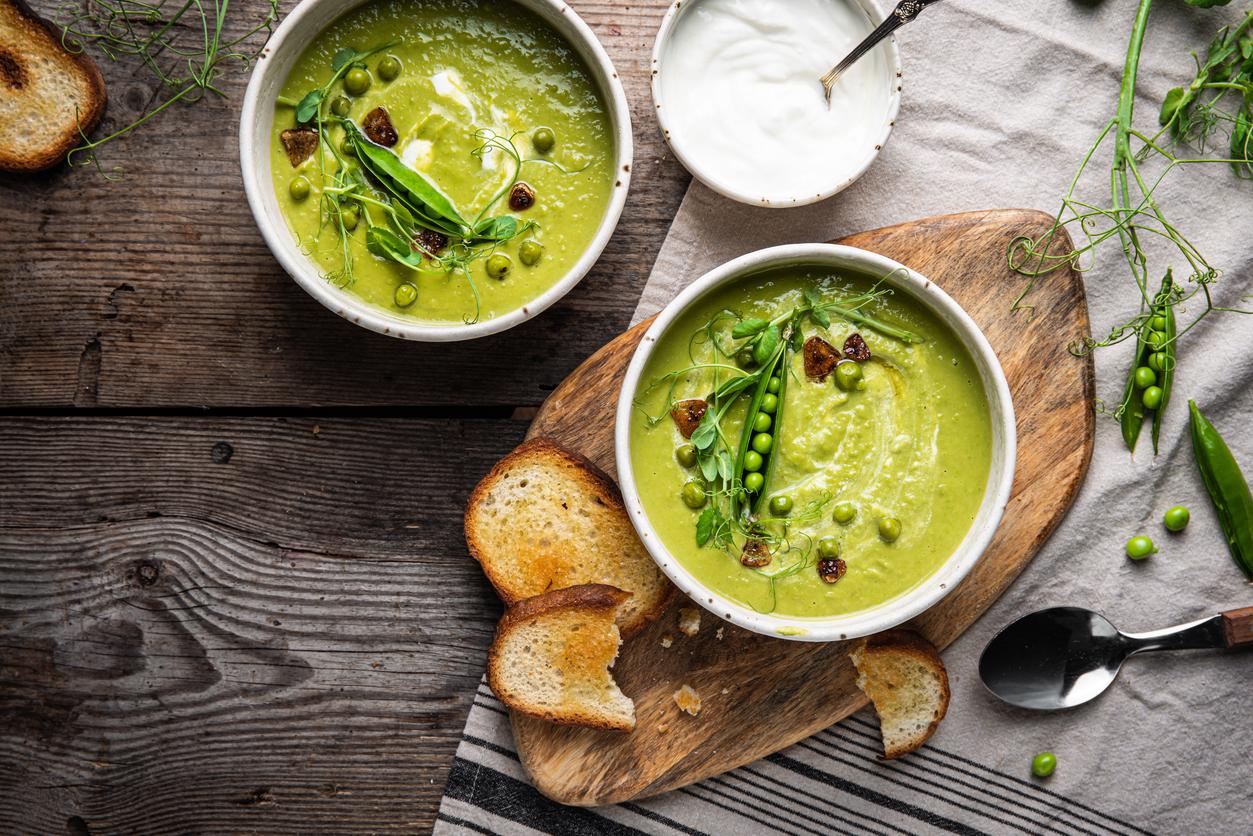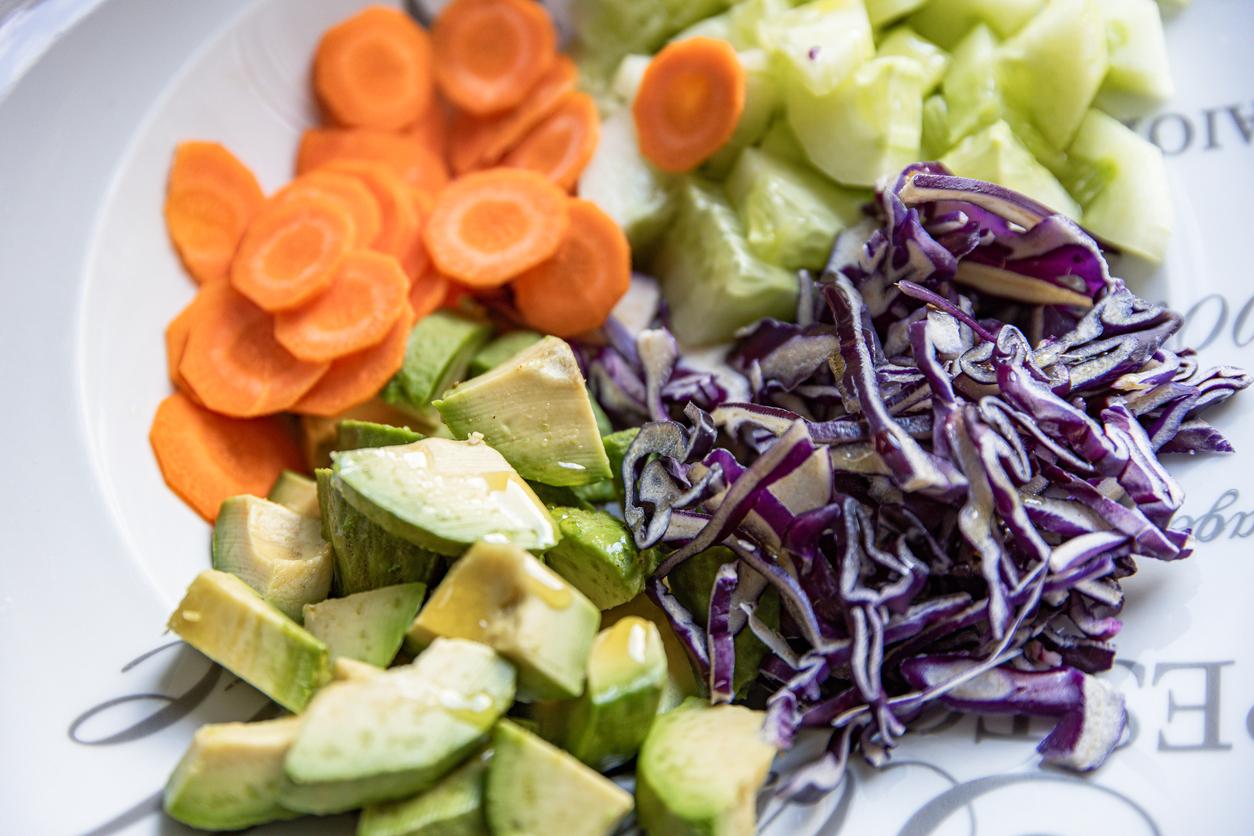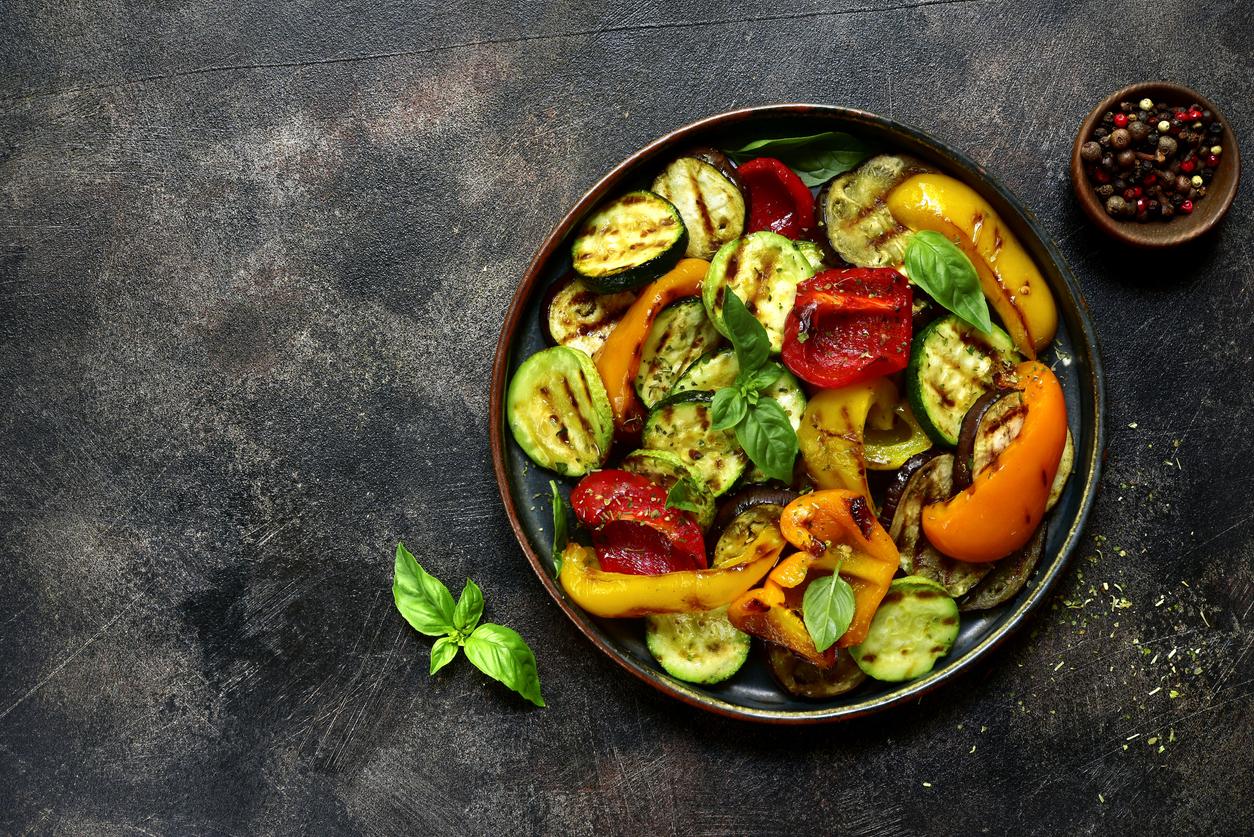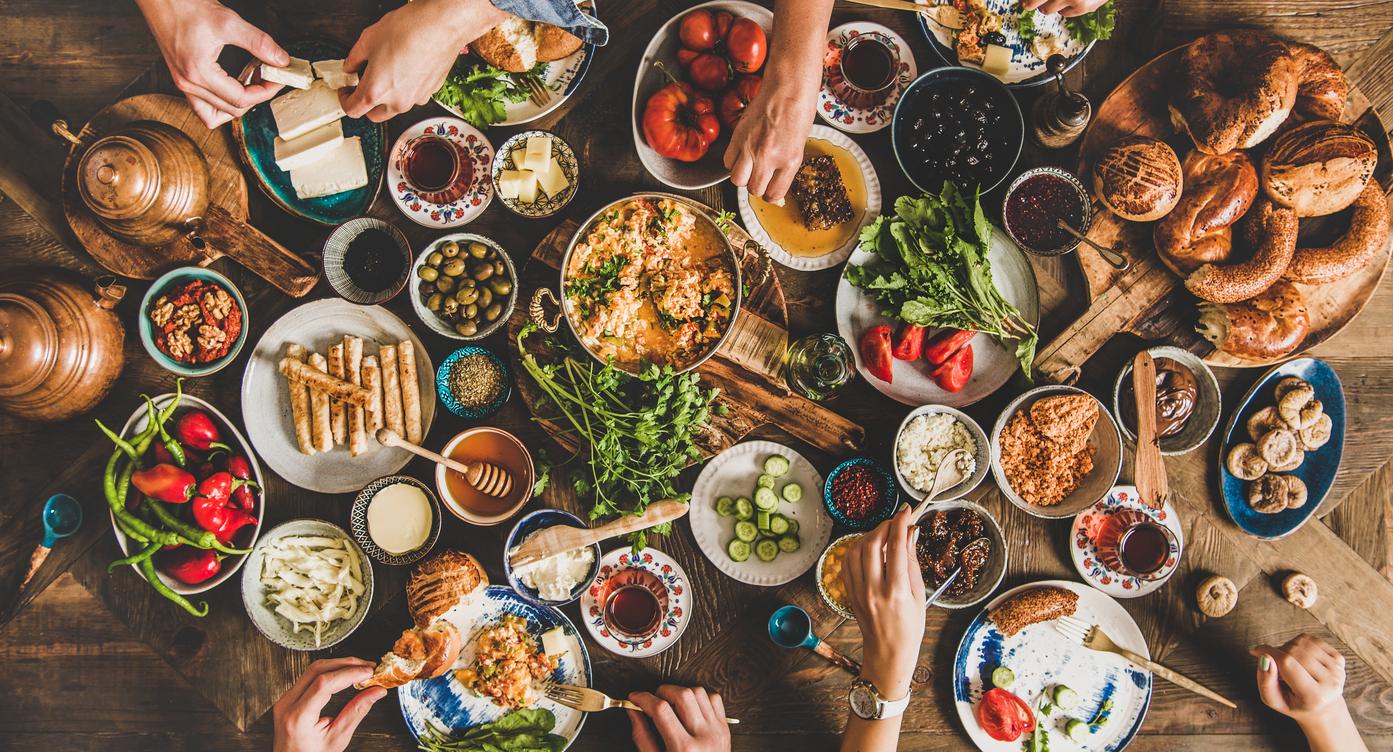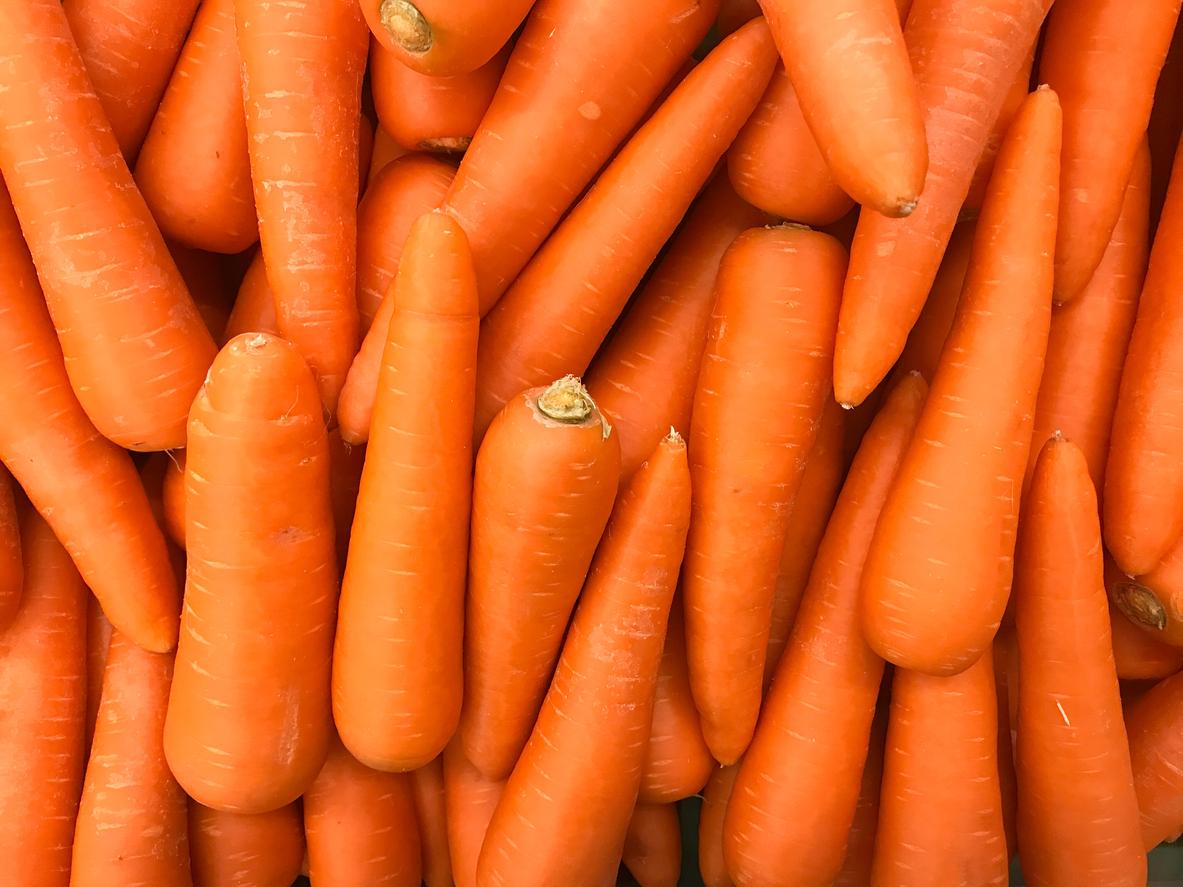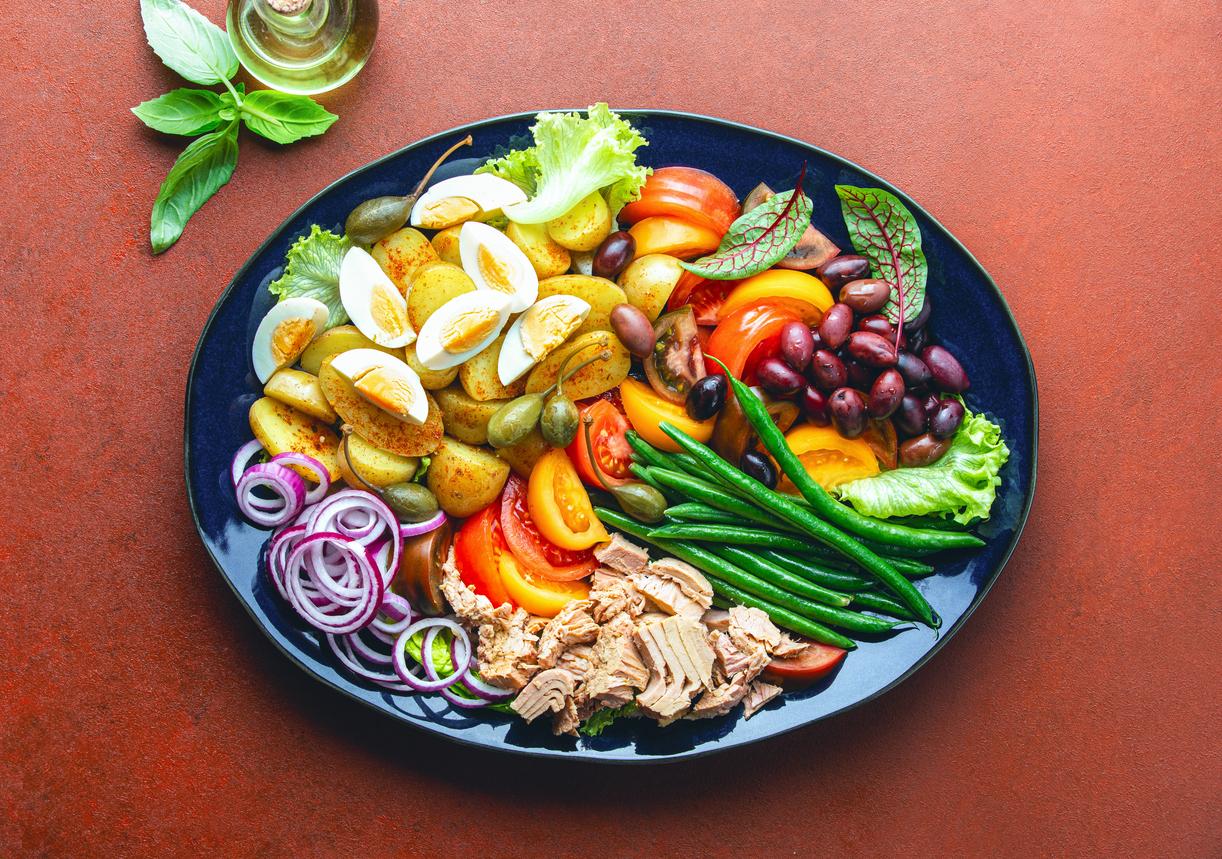
From kale to carrot
Most people know that it is wise to vary a lot with what you eat, including vegetables. That is why this article provides a handy overview of all winter vegetables, the healthy effects and a few tips on what you can do with them.
Kale
Contains 41 kcal and 2.5 grams of fiber per 100 grams. Kale is the winter vegetable with the most vitamins and minerals and therefore super healthy! It is especially high in vitamins A, B1, B2, B3, B6, C, E, folic acid, calcium, iron and phosphorus. Kale gives a lot of energy, provides a good resistance, ensures bone formation and prevents anemia.
Cooking tip: Stir-fry the kale with an onion and pieces of chorizo. Eat it with boiled potatoes or mashed potatoes.
Green cabbage
Contains 25 kcal per 100 grams and 3 grams of fiber. Green cabbage contains a lot of vitamins B1, B2, C and E. Provides energy and ensures a good resistance.
Cooking tip: Cut green cabbage into thin strips and stir-fry with some lean bacon and soy sauce.
Celeriac
Contains 32 kcal per 100 grams. Is the winter vegetable with the most fiber, namely 4.9 grams per 100 grams. Also contains a lot of iron and therefore has a positive effect to prevent anemia.
Cooking tip: Make puree from it, which is something different than standard mashed potatoes. Cut the celeriac into pieces, boil them and make a puree with a little butter, milk, pepper and salt. Celeriac has a rather strong taste, so you can mix it with potatoes and make a puree.
kohlrabi
Contains 12 kcal per 100 grams and is therefore one of the winter vegetables with the fewest calories. Contains little fiber, but a lot of vitamin C and therefore ensures a good resistance.
Cooking tip: Grill the kohlrabi along with other winter vegetables, such as carrot and celeriac. Delicious with baked potatoes and homemade green pesto.Parsnip
Contains 69 kcal per 100 grams and 2.5 grams of fiber. Also contains a lot of vitamins B1, B3, magnesium, zinc and phosphorus. This ensures good resistance and sufficient energy.
Cooking tip: Try making parsnip soup. Fry an onion and add the pieces of parsnip, fry briefly and then pour in stock. Let this boil for a while and add some cooking cream light just before the end. Puree the soup with an immersion blender and season with salt and pepper.
Pumpkin
Contains 14 kcal per 100 grams and 1.1 grams of fiber. Is rich in vitamin B1 and therefore gives a lot of energy.
Cooking tip: You can of course make an ideal soup from pumpkin, but you can also use pumpkin as a vegetable in a Mexican wrap. Pumpkin is also very tasty with goat cheese.
Purslane
Contains 16 kcal per 100 grams and 2.5 grams of fiber. Is also rich in vitamin A, folic acid, calcium, iron and magnesium and thus ensures good resistance, bone building and prevents anemia.
Cooking tip: Delicious through the pasta with sun-dried tomatoes, baked raw ham, onion, garlic and Parmesan cheese.
leeks
Contains 22 kcal per 100 grams and contains a lot of fiber, namely 4 grams per 100 grams. Also high in vitamins B1, B6 and E and folic acid. Leek gives a lot of energy.
Cooking tip: Process leeks in a stir-fry or make a tortilla with potato slices, egg and 30+ cheese.Beetroot
Contains 23 kcal per 100 grams and 2.9 grams of fiber. Beetroots do not contain many vitamins and minerals, but they are nice to take every now and then.
Cooking tip: Instead of eating them warm after cooking, you can let them cool and make a delicious meal salad with, among other things, diced boiled potato, mixed lettuce and goat cheese. Mix in a dressing of your choice. A standard dressing of olive oil and (balsamic) vinegar is preferred.
Red cabbage
Contains 17 kcal per 100 grams and 2.9 grams of fiber. Also contains a lot of vitamin C.
Cooking tip: Stir-fry with apples. Season with cinnamon and a little apple syrup.
savoy cabbage
Contains 29 kcal per 100 grams and 2.2 grams of fiber. It is rich in vitamins B6 and C. This ensures a strong immune system and good resistance.
Cooking tip: Fill the cabbage leaves with a mixture of ground beef, onion and bell pepper. Delicious with boiled potatoes.
salsify
Contains 81 kcal per 100 grams, making it the most calorie-rich winter vegetable, mainly because it contains relatively less water than other types of vegetables. Contains 1.5 grams of fiber per 100 grams. Salsify is rich in iron and thus prevent anemia.
Cooking tip: Make a puree of it and eat it with white fish, such as cod.
Brussels sprouts
Contains 26 kcal per 100 grams and 2.6 grams of fiber. Just like kale, Brussels sprouts are one of the winter vegetables with the most vitamins and minerals. It is rich in vitamins B1, B2, B6, folic acid, vitamin C and selenium. You get a lot of energy from this and it provides a good resistance.
Cooking tip: Make a stew with mashed potatoes, lean bacon and 30+ cheese.lamb’s lettuce
Contains 20 kcal per 100 grams and 2.5 grams of fiber. Lamb’s lettuce is very rich in vitamin C and contains a lot of folic acid and iron. Is therefore good for your resistance and prevents anemia.
Cooking tip: Delicious in a stew with mashed potatoes and smoked salmon chips.
chicory
Contains 12 kcal per 100 grams and 1.2 grams of fiber. Like kohlrabi, chicory is one of the lowest-calorie vegetables. It mainly contains a lot of water.
Cooking tip: Make a nice fresh salad with lots of fruit, such as apple, pear, kiwi, grape, banana and mandarin. Delicious with a curry dressing.
White cabbage
Contains only 11 kcal per 100 grams, making it the slimmest winter vegetable. Contains 2.8 grams of fiber per 100 grams and is also rich in vitamin C.
Cooking tip: Make a salad by chopping the cabbage and mixing it with a fresh yogurt dressing and raisins. Delicious with baked tartare and oven potatoes.
Carrot
Contains 17 kcal per 100 grams and 2.8 grams of fiber. Carrots are rich in vitamin A. And therefore good for your immune system and your resistance.
Cooking tip: Cook the carrot as you normally would, but season with a mixture of a little butter and fresh chives. Also pairs well with corn.
Tip
Did you know that you have to be careful when cooking vegetables? Vegetables lose up to 50 percent of their amount of vitamins through cooking. It is therefore best to cook vegetables briefly in as little water as possible. Make your sauce from the cooking liquid, so that you don’t wash away the vitamins with water and all.









